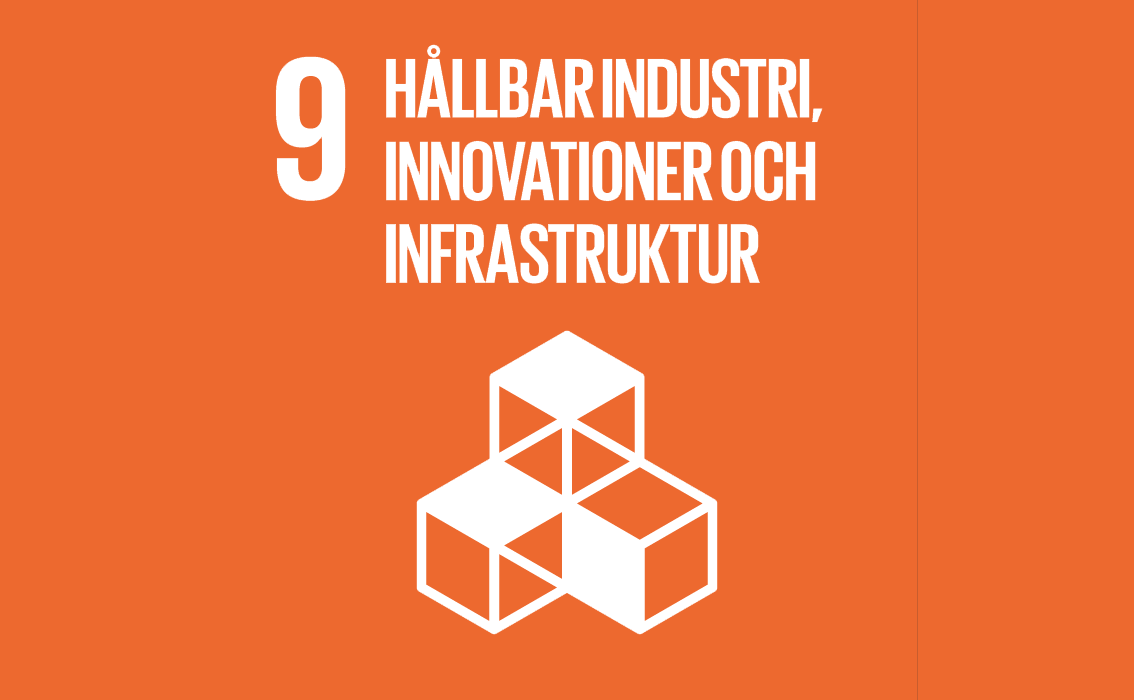MINEStrA: Model Integration for Early Simulation and Analysis
With MINEStrA we aim at providing a system integration approach supporting early behavioural analysis and simulation based on executable models.
Avslutat
Start
2018-01-01
Avslut
2021-06-30
Huvudfinansiering
Samarbetspartners
Forskningsområde
Forskningsinriktning
Projektansvarig vid MDU
Background
Software is becoming an increasingly important factor in modern products, providing more and more innovation and competitive advantages. Moreover, it has enabled the introduction of completely new types of products, for example autonomous and semi- autonomous vehicles. Recent trends, such as digitalization and servitization, add to software complexity by promoting increased connectivity and ability for products to rapidly evolve as the surrounding software ecosystem changes.
Traditional development processes for embedded software, cyclic and following the development of other aspects of the product, are quickly becoming an obstacle, due to the excessive lead time and the difficulties of tracing-back and fixing integration problems discovered at runtime.
Goal of the project
With MINEStrA we aim at providing a system integration approach supporting early behavioural analysis and simulation based on executable models. Executable models will be automatically derived from the different views of the system design in order to (i) provide a common denominator for behavioural semantics of the different points of view of the system, and (ii) allow the simulation and analysis of the integrated system behaviour as a whole. This early validation and verification activity permits to identify infeasible configurations and anticipate possible pitfalls in the final system, thus allowing to lower development time and costs. Moreover, back-propagation of analysis results is made easier thanks to the level of abstraction at which the validation is performed.


